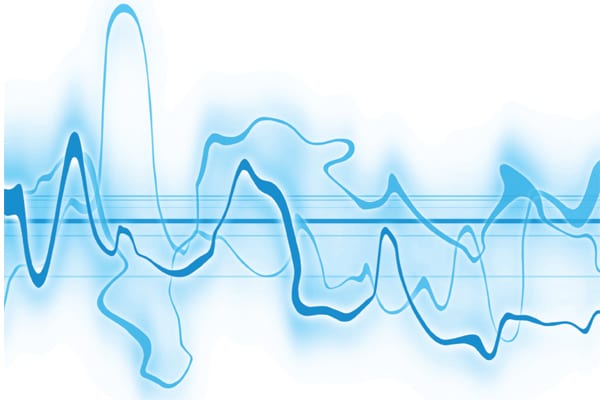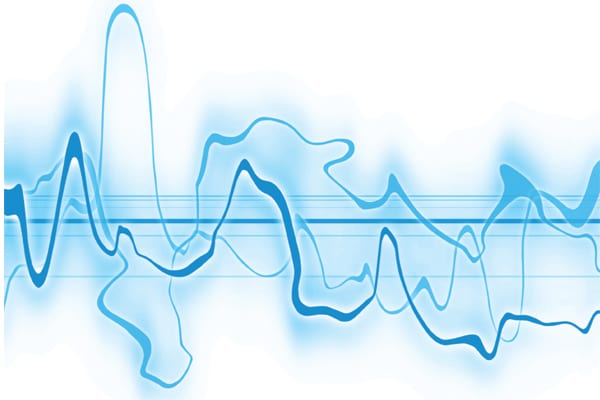After the Ballots
How the ‘year of elections’ reshaped treasury priorities
Published: September 01, 2011

 by Elisabeth Vendeville, Global Project Manager, GDF Suez
by Elisabeth Vendeville, Global Project Manager, GDF SuezPrompted by the merger between Gaz de France and the Suez company, we conducted a review of our business-critical systems to ensure that the appropriate tools were in place to manage the new organisation and ensure that all possible synergies and efficiencies can be achieved. Treasury was a key part of this review as the merger resulted in higher transaction volumes and greater complexity.
Our main priority was to ensure that we had sufficiently robust financial systems and processes in place to support internal and external communication and be scalable enough to accommodate future growth, whilst minimising costs and maintaining shareholder and regulator confidence.
i) A primary challenge was determining how to empower subsidiaries, whilst ensuring we maintained transparency and control at a group level and could leverage the cost efficiencies and cohesive processes through shared services. We therefore needed an efficient cash management system that would support communication between group treasury and subsidiaries, and enable us to mobilise funds across the group as required. In particular, we wanted to be able to net cash surpluses in one part of the business with deficits in another to reduce borrowings.
ii) The merger between Gaz De France and the Suez Company resulted in a dramatic increase in transaction volumes, making our treasury operations significantly more complex. Small exception management processes had become administrative challenges and formerly minor exposures to risk had become sizeable. We therefore needed to find efficient ways to manage financial and operational risk at both a regional and global level.
iii) We recognised that it was important not only to optimise processes within treasury but to enhance the full payment value chain, from invoice through to approval, processing and transmission to the bank via SWIFT.
iv) We needed to ensure we were fully IFRS compliant at both a central and a regional level.
To achieve these objectives, we recognised that we needed a partner who understood our business processes, requirements, constraints and future strategy. A supplier needed to be able to support us at a local as well as group treasury level, and to have the expertise and experience to advise on industry best practices from a business process as well as technology perspective.

[[[PAGE]]]
We conducted a review of leading cash, treasury and risk management systems and following an extensive analysis, we made the decision to appoint Thomson Reuters to implement its risk management system for corporate treasuries, Kondor Trade Processing (KTP). This was based on the comprehensive functionality that KTP offered, the flexibility and robustness of the product, and the team of specialists at Thomson Reuters who instinctively understood our business challenges and objectives. The scope of the solution with KTP at GDF Suez was the following:
Consequently, the cash, treasury and risk management business of the group as a whole will be mapped onto a single system, including managing remote subsidiaries’ transactions and data, and hedge accounting effectiveness testing. KTP would also be integrated with internal systems for straight-through processing and automating account postings.

Implementing KTP provides us with the tools we need to build a single system for all of our cash, treasury and risk management activities, and a single channel to our banks through SWIFT. We have achieved our initial objectives as follows:
i) Treasury has full visibility over global activities and can create reports and deliver services to subsidiaries as required. By leveraging a single system and set of processes across the business, we have reduced costs, streamlined processes and avoided duplication of data or input. As the system allows flexible workflows, we can delegate specific activities to subsidiaries or retain them centrally as required.
ii) With greater completeness and integrity of data, we are able to manage our risk position more effectively and make more informed business decisions. Once a deal is initiated in the front office, all processes are automated right through to generation of the accounting entries under local or head office GAAP, avoiding the risk of error through manual input.
iii) We now have better control of the payment value chain across the group, with robust processes for initiating, approving and transmitting payment level. This has allowed us to achieve greater accuracy and efficiency of payments processing, reduced operational risk and greater visibility over group processes.
iv) We are working towards full IFRS compliance and an auditable process to demonstrate hedge effectiveness to auditors and shareholders. KTP Web facilitates the creation and availability of accounting postings to the relevant subsidiary.
In addition to achieving our initial objectives, we have reduced our operational risk and cost across our cash, treasury and risk management processes, streamlined our technology infrastructure and enhanced our reporting capabilities. With a higher quality of information, we can now manage our liquidity position more effectively.
Working with Thomson Reuters has proved very successful, and we have used the implementation of KTP as a catalyst for transforming our treasury business to drive efficiencies and facilitate growth. By leveraging combination of market-leading technology and industry best practices, we are now able to focus our time on the activities that create competitive differentiation, so that we can effectively support the business in its future strategy.
